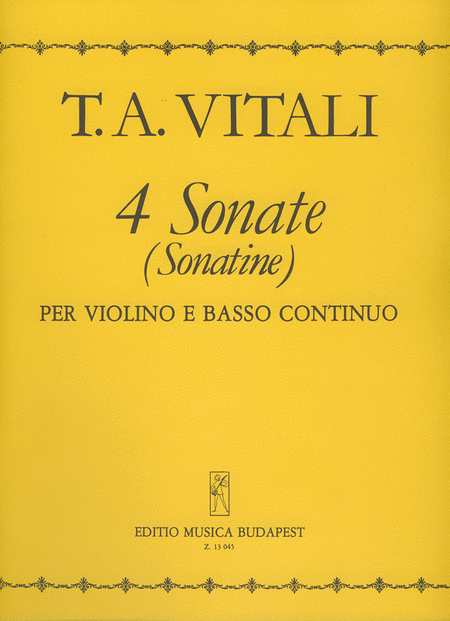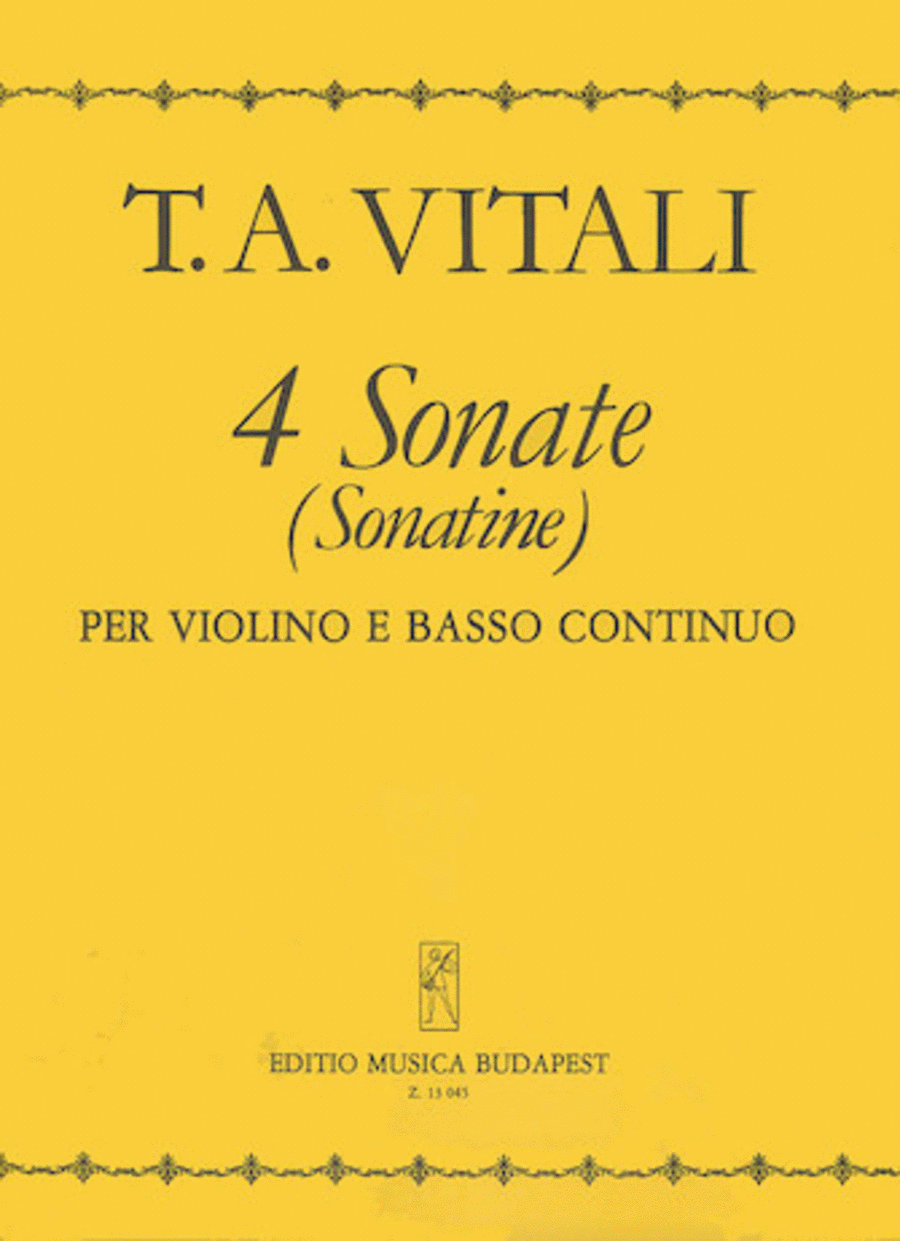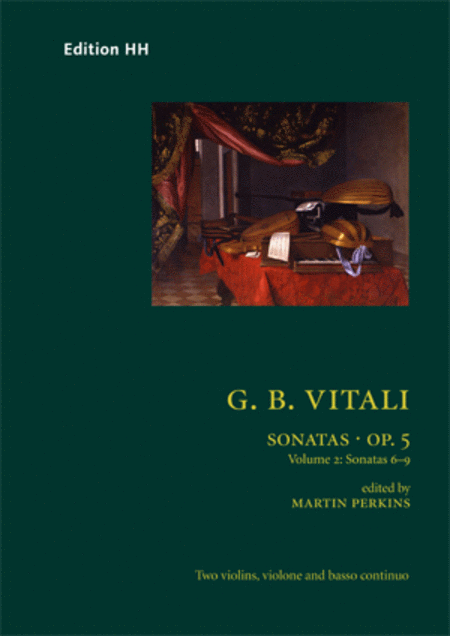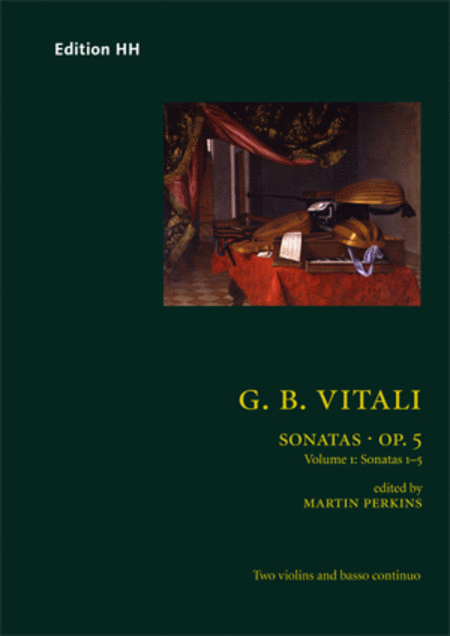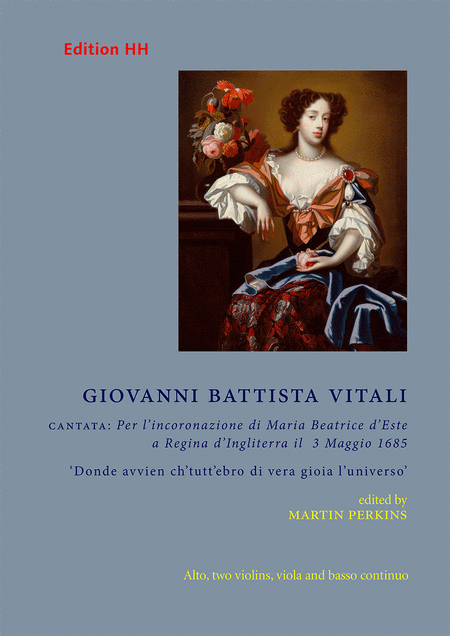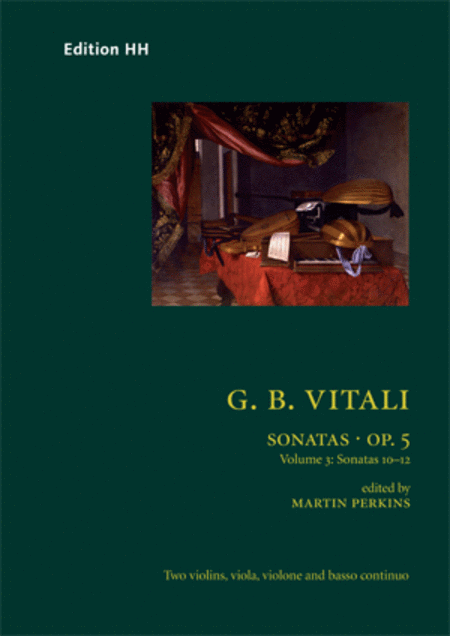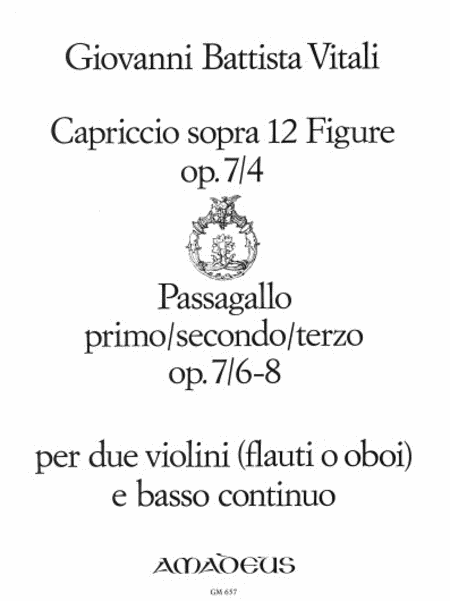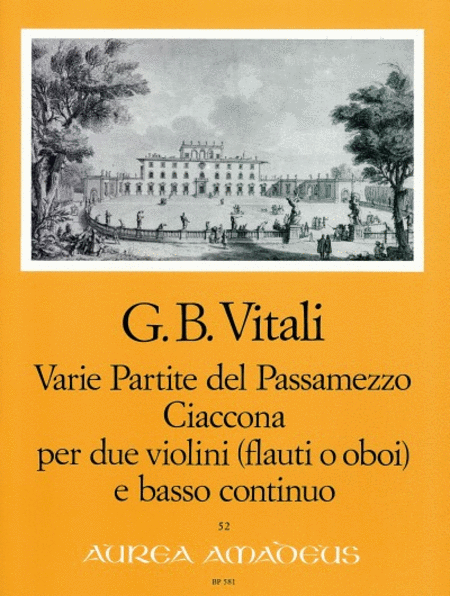Giovanni Battista Vitali (1632 - 1692)
 Italie
Italie
 Italie
ItalieGiovanni Battista Vitali (1632 Bologna ?1692) was an Italian composer and violone player.
Vitali spent all of his life in the Emilian region, moving to Modena in 1674. His teacher in his early years was probably Maurizio Cazzati (1616-1678), maestro di cappella at the main church in Bologna, San Petronio Basilica from 1657 to 1671.
The first documented evidence of Vitali?s musical activities appears in the records of the San Petronio orchestra for 1658, when he is listed under the title ?V ... (Read all)
Source : Wikipedia
Vitali spent all of his life in the Emilian region, moving to Modena in 1674. His teacher in his early years was probably Maurizio Cazzati (1616-1678), maestro di cappella at the main church in Bologna, San Petronio Basilica from 1657 to 1671.
The first documented evidence of Vitali?s musical activities appears in the records of the San Petronio orchestra for 1658, when he is listed under the title ?V ... (Read all)
Source : Wikipedia
FREE SHEET MUSIC
-
Active criterias:
| 1 21 ....61 | Next page free-scores › |
| 1 21 ....61 | Next page free-scores › |
Search





















